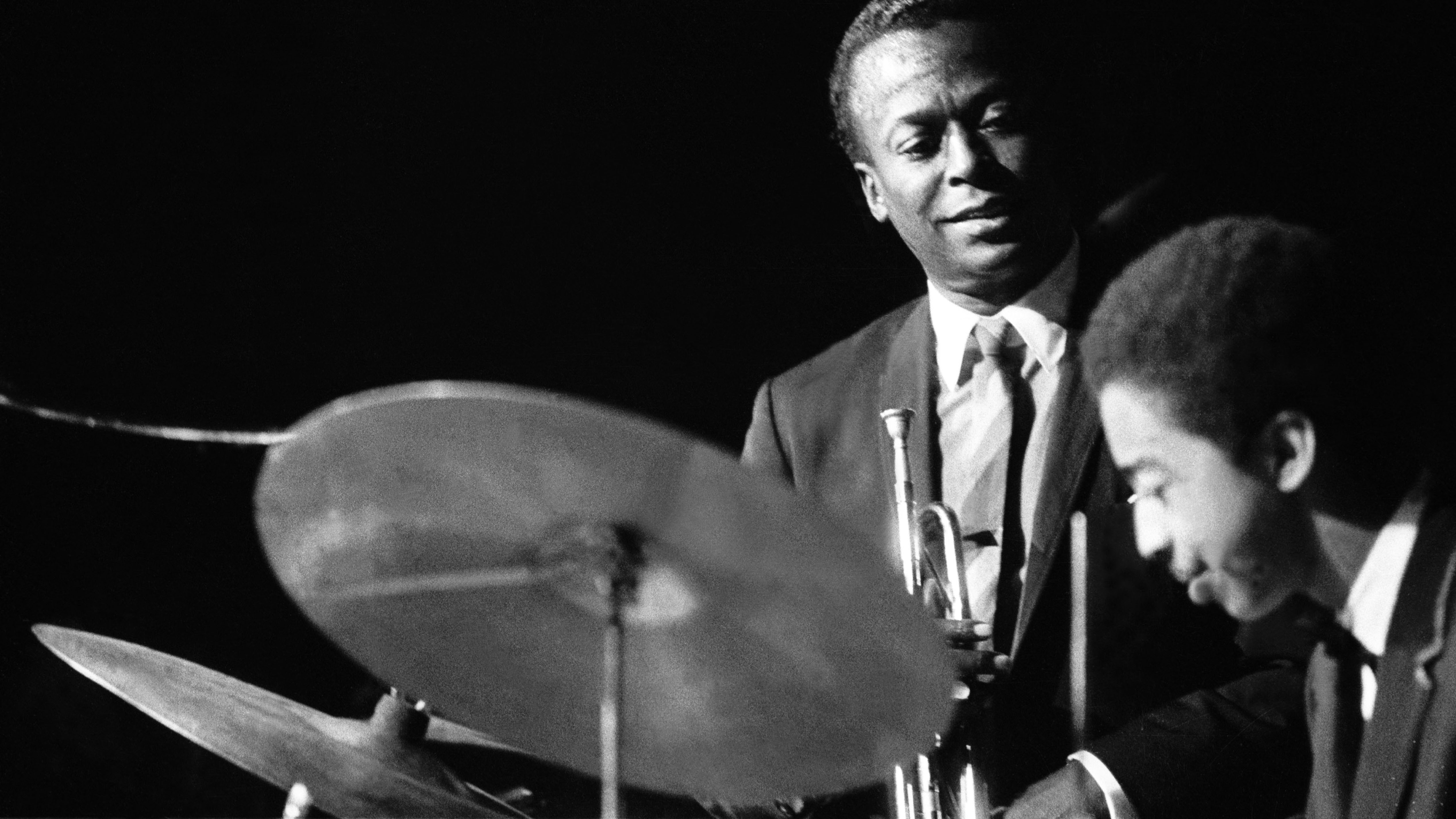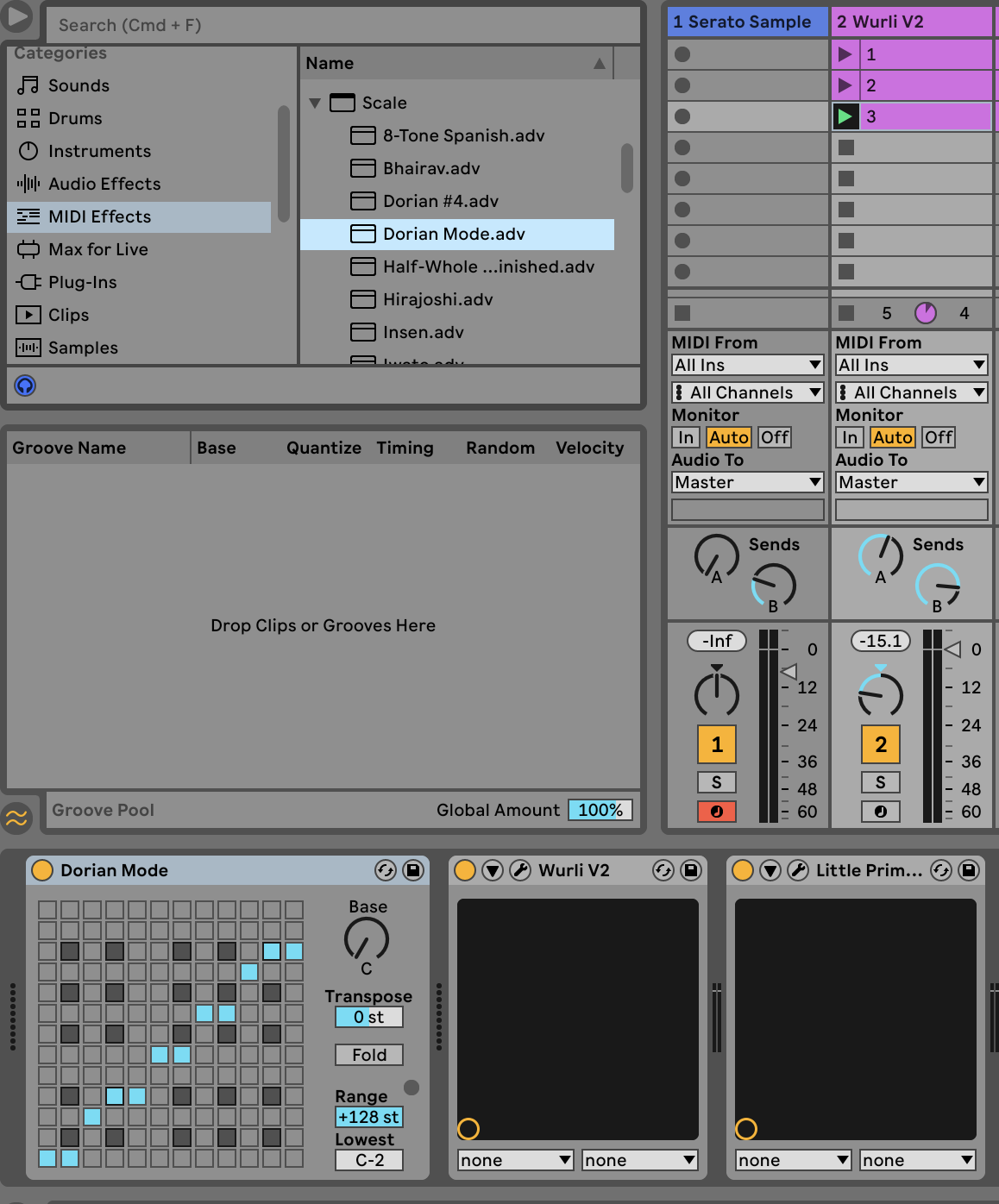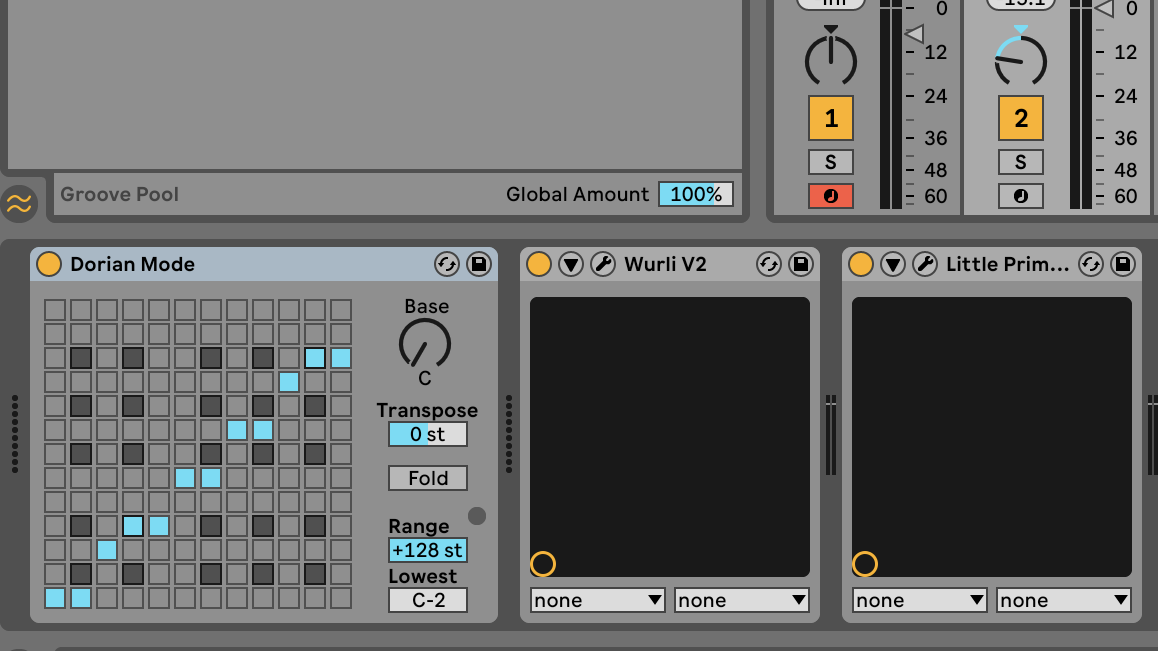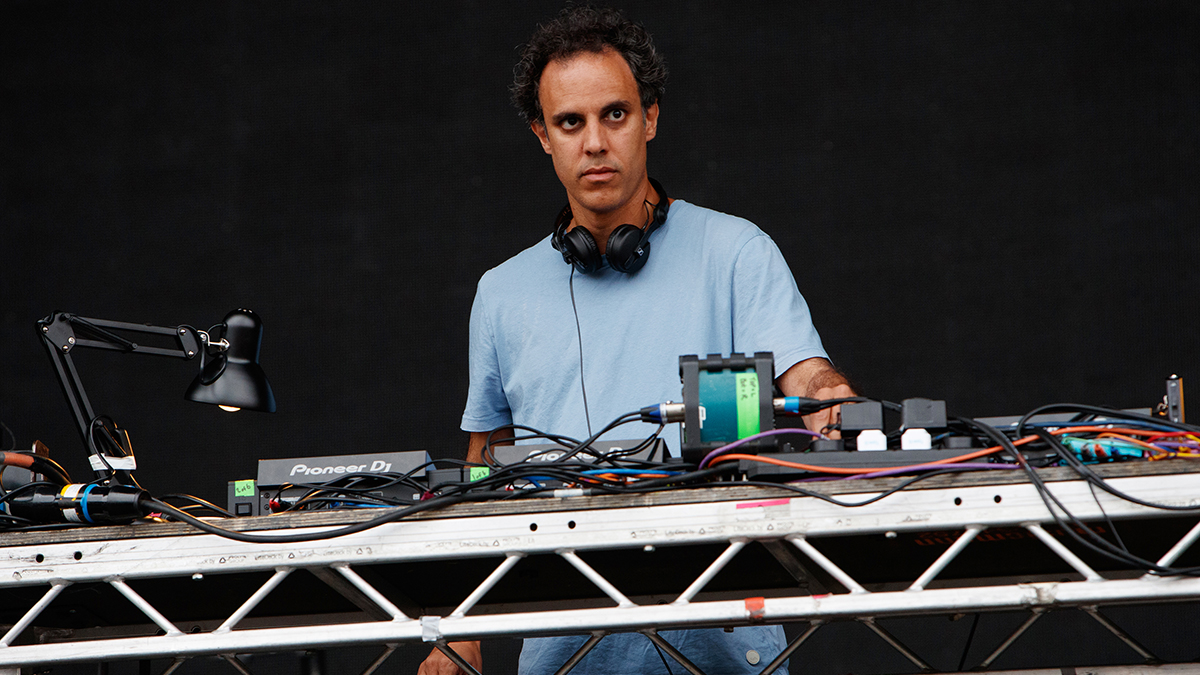
Back in the day, before the technological advancements that brought us DAWs, a working knowledge of music theory was a necessity for music-making.
Now, due to major innovations in the creative tools available to us, it’s possible to make great songs with little to zero knowledge of music theory. Whilst music production becoming more accessible is a brilliant thing - the more people out there making art, the better - it does mean that there is a growing number of producers out there who are extremely technically capable, but struggle to make their tunes sound musical.
You might feel confident, say, carving unwanted frequencies from your kick drum until it sits flawlessly in your mix, but when it comes to songwriting, you may feel like you’re stabbing in the dark. Don’t panic - to the unacquainted, music theory might feel like an indecipherable forest of hieroglyphics, but once you’re armed with the basics, it’s actually simpler than you think to apply music theory principles that will elevate your tracks.
It’s important to note that these are not hard and fast rules that should limit you, but roadmaps that you can use as a guide, or even flout, in the way that Picasso referred to when he said: ‘learn the rules like a pro so you can break them like an artist’. Read on to find out how…
1. The power of perfect intervals

Perfect intervals - fourths and fifths - are called this because they are neither major or minor, and are therefore the same in major and minor equivalents of the same key (by contrast, other intervals e.g. thirds, are different in major and minor keys - hence ‘major third’ and ‘minor third’). They are what’s known as a ‘consonant’ interval, which means they sound ‘agreeable’ when played together.

Stuck with a pedestrian-sounding vocal? Try simply pitching it up a fourth (à la Frank Ocean on Nikes) to add a unique yet still harmonious dimension to your melody.
Due to their simple harmonic ratios (i.e. the way their frequencies resonate when they’re played together) perfect intervals sound pure and powerful, providing a grounding stability in a variety of genres and musical cultures from Eastern music (the pitch system of traditional Japenese tōgaku music centres around rising fifths and falling fourths), to contemporary rock music (‘power chords’, a key component of rock often played on the guitar, are made up of the root and fifth of the scale).
You’ll find them in dance music, too - the classic house organ sound, as heard in Robin S’ ‘Show Me Love’, contains a fifth (two oscillators, one pitched a fifth higher than the other), which is possibly why this interval strikes a chord - pun intended - in dancefloor genres.
There’s something about the way a perfect interval strikes you in the guts that makes them powerful when used to provide harmonic support to a main melody, and their harmonic purity makes them a safe place to experiment with pitching your melody to.
2. Embrace dissonance

We’ve talked about the power of consonant intervals. Now, let’s give some airtime to their mysterious, brooding cousin, the dissonant interval. They’re touted in music theory as intervals that sound ‘disagreeable’ - though we’d disagree with that!
Used correctly, they can add a beautiful tension to an otherwise ordinary-sounding chord. You know how sometimes simply adding a basic reverb or delay to, say, your hi-hats can utterly transform your piece, put it in a space and somehow help it ‘tell a story’? The same rule applies here - adding a strategic seventh, for instance, can transform a simple triad into something yearning and complex.

Got a chord progression consisting of some major chords? Add some jazzy flavour by stacking on a seventh - creating a note a major third above the top note in your chord and see what bittersweet vibes ensue.
Sevenths are named this because they are seven notes away from the tonic, which is the music theory term for the root note of the key you’re in. Used liberally in blues, they’re also used for adding jazzy flavour in other genres, including soul and funk, as well as pop music - the first chord of The Beatles’ Strawberry Fields Forever is a major seventh chord, for instance.
Due to the way their tension makes the human ear crave resolution, they can be used to express complex emotions - darkening a cheery major triad chord with a dissonant seventh creates a bittersweet effect that evokes a more complex feeling than straightforward happiness.
3. Experiment with musical modes

A musical mode is a unique pattern of intervals in a given key. You’re likely already acquainted with at least two modes without realising it - in Western music, ‘major’ and ‘minor’ as we know them are just the most commonly used modes (Ionian and Aeolian are their respective ‘mode’ names), but there are other intriguing options out there.
Modes are derived from playing the white notes from one note up an octave. So Ionian (or major) is simply C - C on the white notes, Dorian is D - D on the white notes, Phrygian is E - E on the white notes, and so on. Due to their unique combinations of intervals, different modes allow you to express a range of different moods.

Got a melodic part that isn’t inspiring you? Load up the Scale device to your MIDI channel and see if a different mode unlocks something cool and unique in your melody.
Some modes sound happy (Ionian, aka ‘major’) or sad (Aeolian, aka ‘minor’). Some sound airy fairy, like they’re floating away (Lydian) whilst others are dark and driving (Phrygian). As everyone tends to default to major or minor, writing in a different mode is a good way to make your tracks stand out.
If the idea of learning to play in a new mode feels intimidating, don’t worry - thanks to the Scale device in Ableton, you can simply lock your preferred mode in, then play as normal and unlock some weird and wonderful vibes!
4. Build atmosphere with pedal notes

A pedal note is a sustained or repeating note that accompanies a chord progression. Typically occurring in the bass register (the word ‘pedal’ refers to the foot pedals on an organ), pedal notes have a strong ‘rooting’ effect, grounding the harmonic content whilst also providing tension with their repetition / sustained length (Super Hans of Peep Show captures the essence of this when he says ‘the longer the note, the more dread!’) They often occur on the tonic, as this tends to be the most grounding note, but fifths are also commonly used.

Build tension by grounding your chord progression with a tonic pedal by creating and duplicating a tonic bass note in your piano roll. You can experiment with the rhythm according to the groove of your piece!
Pedal notes are a powerful tool for grounding your piece and building atmosphere. They appear in many genres, used frequently by metal bands like Slayer and Metallica, as well as jazz double bass players or Hammond organists. In a sad or sombre song, they can provide a brooding ‘certainty’ to the sadness, like in Phil Collins’ In the Air Tonight. Conversely, when used in an upbeat, happy song, rather than increasing tension they cement and enhance the positive mood, like in Jump by Van Halen.
5. Break it up

If you’re looking for a way to create space and add rhythmic interest to a dense and uninspiring chord progression, you could benefit from using a technique known as broken chords.
Rather than playing all the notes in your chord at once, you play them one after the other in a successive run of notes. Broken chords are a popular technique in many genres - you’ll find them in mainstream hits such as Clocks by Coldplay, but they also feature heavily in dance music.

Write a basic chord progression, then split the notes up so they play one after the other. Play around with the timing and length of the notes to fit your piece until you have a harmonic line that supports the mood and groove of your track.
Arpeggios - which you may know as ‘arps’ if you’re clued up on synthesizers, as many soft and hard synths have an ‘arp’ function - are a type of broken chord which feature frequently on electronic tracks, such as Four Tet’s aptly named Digital Arpeggios.
Broken chords can be an interesting way of making your harmony ‘work harder’ for you by acting as a rhythmic texture as well as harmonic support for your melody - you could play the notes of your chord in time with your beat to support it, or on the off-beat for some syncopated flavours.







